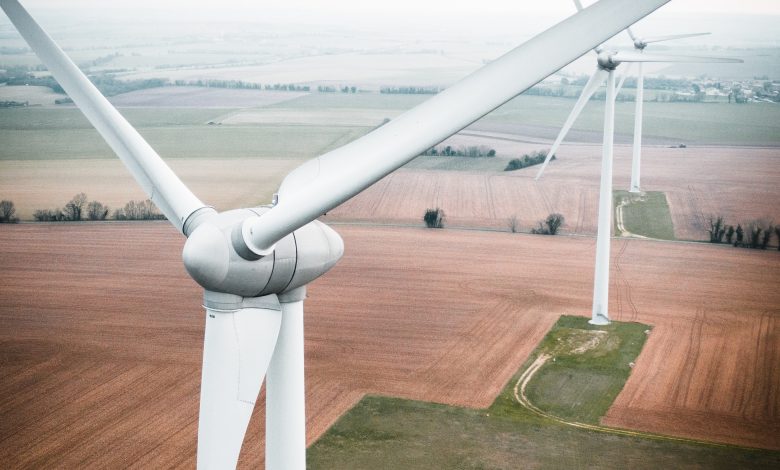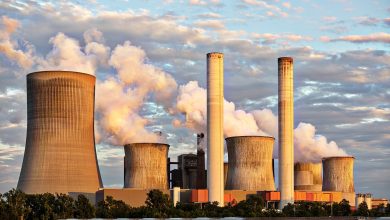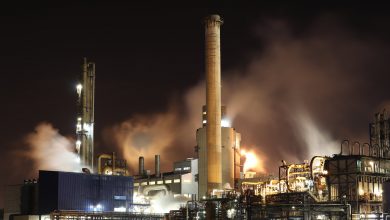Break Down of Alternative Fuels

In 2018, U.S. petroleum (36 percent), natural gas (31 percent), and coal (13 percent) accounted for more than three-quarters of total energy consumption. Renewable energy, mostly, and nuclear electric power make up the remaining sources of energy consumption (EIA, 2019). Renewable energy is from limited, naturally replenishing sources. They are “virtually inexhaustible” over a long period, however, the per-unit available at one time is limited.
The major types of renewables are biomass (wood, wood and municipal waste, landfill gas, ethanol, etc.), hydropower, geothermal, wind, and solar.
Types and uses
Biomass
This type of energy comes from non-fossilized (unlike fossil fuels) and plant materials. It comes in many different subtypes that are used to fuel different sectors. There is Wood biomass, which consists of as pellets, wood chips from forestry activities, wood pulp and paper, and furniture mills. Wood and wood waste biomass are used to generate electricity and heat. Waste material (such as agriculture and animal waste) can be converted into biofuels. Sewage can also be burned to generate energy in power plants and landfills.
Biomass renewables can be converted into a gas, or biogas, and a liquid, or biofuels, which are then burned for energy. Ethanol, fermented from corn and sugarcane can be used to fuel cars, as can biodiesel made from vegetable oil and animal fats.
The Energy Information Administration reported that biomass fuels account for five percent of the total energy use in the United States. Of that number, ethanol and wood-based biomass were most commonly used.
 Photo by Lode Lagrainge on Unsplash
Photo by Lode Lagrainge on Unsplash
Hydropower
Hydropower was one of the first methodologies to produce electricity. This renewable resource produces electricity from flowing water either through conventional methods (utilizing flowing dams to power a turbine and generate electricity) or pumped storage systems (moving water between two reservoirs at varied elevations).
The reliance on hydropower has decreased over time, as the dependency on other sources has increased, but it is still the largest renewable source for electricity in the United States. It accounts for seven percent of the total utility-scale electricity generation in the country.
 Photo by Dan Meyers on Unsplash
Photo by Dan Meyers on Unsplash
Geothermal
This type of energy comes from the heat of the Earth’s interior. Wells are drilled into the ground and release water that then powers steam turbines. The Earth’s temperatures in the mantle range from 393 degrees Fahrenheit to 7,230 degrees Fahrenheit. This source is named “renewable” as the Earth will consistently generate its own heat within its layers. When harvested, this energy source is used to heat buildings and generate electricity.
Since no fuel is being burned, there are low amounts of pollutants found: Geothermal power plants produce 99 percent fewer compounds of hazardous sulfur and 99 percent less carbon dioxide than fossil fuel power plants.
Wind
Wind turbines collect kinetic energy, as the blades are forced to spin by the wind which engages an electric generator to produce electricity.
In 2018, wind accounted for more than six percent of total U.S. utility-scale electricity.
Solar
Using radiation from the sun to produce heat and electricity, solar power can be found in three systems: Thermal systems collect solar radiation to heat water and air; thermal power plants use the sun to heat fluid that is then used to generate steam to power turbines and generators; and third, photovoltaic systems, which directly converts radiation into electricity (as seen in calculators). PV systems can range from individual-size to large-scale electricity generation.
These systems are applauded for having small impacts on the environment and produce virtually no air pollutants or carbon dioxide.
Sources
U.S. Energy Information Administration (2019). “Monthly Energy Review.”
U.S. Energy Information Administration. “Energy explained”



